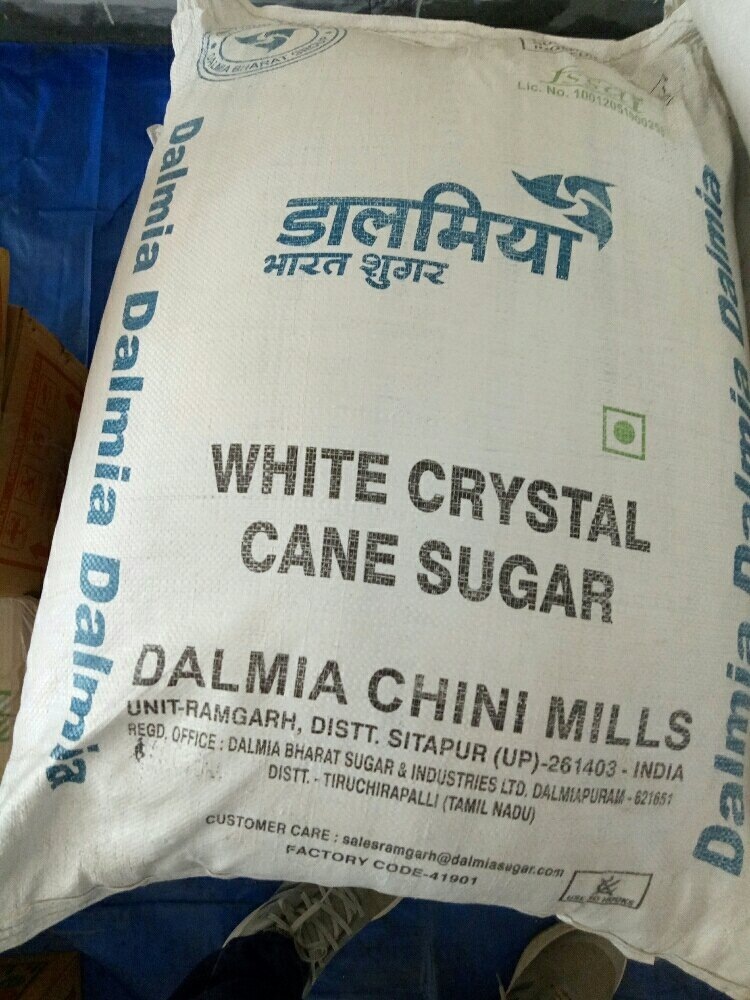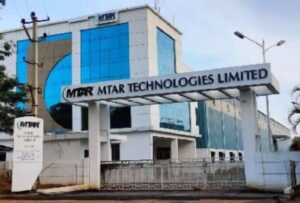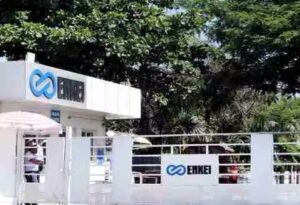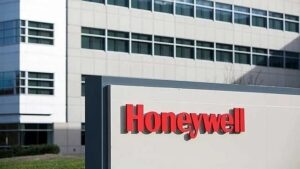1. At a Glance
Welcome to Dalmia Bharat Sugar & Industries Ltd (DBSIL) — where sugar isn’t the only thing that melts; even profits do occasionally. With a market cap of ₹2,738 crore and a current price of ₹338, the stock is down about 27% over the past year, proving that even sweet businesses can give bitter returns. The company recently posted Q2FY26 revenue of ₹989 crore, up7.43% YoY, but net profit slipped to ₹23.3 crore — a56.3% YoY collapse.
Still, it’s trading at a P/E of just8.34x, aPrice to Bookof0.85x, and a dividend yield of1.77%— basically, a value investor’s dessert buffet. With distillery margins bubbling, debt dropping to ₹547 crore, and ROE at a respectable12.4%, Dalmia Sugar might just be India’s most efficient way to get high on ethanol instead of price-to-earnings multiples.
And if that’s not enough drama, the company just completed ademerger, gotNCLT approval, andacquired 51% in Eagle Agrotech Holdings. Corporate masala? Check.
2. Introduction
Dalmia Bharat Sugar & Industries Ltd — the lovechild of sugarcane and industrial diversification — belongs to the famous Dalmia Bharat Group. This company has fingers in many pies: sugar, power, distillery, and even refractory products. From sweet crystals to fiery furnaces, DBSIL’s portfolio looks like it was designed by an industrial buffet manager.
Born in 1994, the company started its sugar adventure with a modest 2,500 TCD capacity in Uttar Pradesh. Fast forward to FY25, and it’s now one of India’s fastest-growing sugar players, operating across Uttar Pradesh and Maharashtra — because nothing says “pan-India” like ethanol flowing from both sides of the country.
Revenue has grown steadily, crossing ₹3,789 crore in FY25, and PAT has touched ₹328 crore, a testament to how well forward integration — from sugar to alcohol to co-gen power — can hedge cyclicality. However, the latest quarter showed why the sugar business is like Bollywood romance: glamorous on the surface, unpredictable underneath.
A 56% drop in Q2FY26 profit? Ouch. But investors shouldn’t panic. After all, DBSIL’s ethanol business is fermenting nicely. The distillery capacity expansion to 850 KLPD is already kicking in, and new projects at Jawaharpur and Nigohi promise to take it beyond 1,000 KLPD soon.
Meanwhile, the company’s green ambitions (no pun intended) include reducing debt, improving efficiency, and chasing “sweet” synergies after its merger and demerger spree.
3. Business Model – WTF Do They Even Do?
Let’s decode the sugar rush.
Core Businesses:
- Sugar Manufacturing (67% of FY23 revenue):The mother ship. Crushing sugarcane across five mills with a total capacity of 37,150 TCD. The company sells to big names like Coca-Cola, PepsiCo, Mondelez, and Britannia — basically, anyone who contributes to your dentist’s income.
- Distillery (23%):This is where the real money (and alcohol) flows. Four distilleries with a combined capacity of 710 KLPD, expanding fast to over 1,000 KLPD by FY26. This segment benefits from government push toward ethanol blending — the one policy Indian drinkers never complain about.
- Cogeneration Power (9%):Because why just burn bagasse when you can sell electricity? With five co-gen plants (126 MW total), the company generates green energy and steady cash flow.
- Refractories:The “non-sweet” diversification. Produces heat-resistant materials used in cement and steel — the grown-up in a family full of party animals.
Geography:
- Domestic Sales:80%
- Exports:20% — reaching Southeast Asia, Africa, and beyond. Because even Indonesian chai needs Indian sugar.
DBSIL’sforward
integrationensures it’s not just dependent on sugar prices. By converting molasses into ethanol and selling surplus power, it hedges its income — a bit like having insurance for your sweet tooth.
4. Financials Overview
| Metric | Latest Qtr (Sep’25) | YoY Qtr (Sep’24) | Prev Qtr (Jun’25) | YoY % | QoQ % |
|---|---|---|---|---|---|
| Revenue (₹ Cr) | 989 | 920 | 941 | 7.43% | 5.09% |
| EBITDA (₹ Cr) | 56 | 67 | 90 | -16.4% | -37.8% |
| PAT (₹ Cr) | 23.3 | 53 | 39 | -56.3% | -40.3% |
| EPS (₹) | 2.88 | 6.59 | 4.85 | -56.3% | -40.6% |
Commentary:That’s not a typo — profits really halved. A double whammy of lower sugar realizations and inventory drag hit margins hard. Operating margin fell from 10% to 6%, a painful reminder that sugar is a cyclical, not seasonal, business.
Annualized EPS = ₹2.88 × 4 = ₹11.52. With CMP ₹338,P/E ≈ 29x(quarterly annualized basis, not the full year). So yeah, don’t get drunk on ethanol profits just yet.
5. Valuation Discussion – Fair Value Range (Educational Only)
Let’s get nerdy.
(a) P/E Method:FY25 EPS = ₹40.6.Industry P/E ≈ 14.9x → Fair Value Range = ₹609 to ₹670.Current P/E = 8.34x → undervalued compared to peers.
(b) EV/EBITDA Method:FY25 EBITDA ≈ ₹438 Cr; EV = ₹2,622 Cr → EV/EBITDA = 5.98x.Peer average (Balrampur, Renuka) ~10x → fair EV = ₹4,300–4,800 Cr.Implied price range = ₹550–₹610.
(c) DCF (simplified):Assume FCF ₹450 Cr (FY25) growing 7% CAGR, discount 11%.Fair value ≈ ₹2,900–₹3,100 Cr → per share value ₹360–₹385.
Educational Fair Value Range:₹360–₹620 per share.This is for educational purposes only and not investment advice.
6. What’s Cooking – News, Triggers, Drama
DBSIL’s corporate newsroom lately looks like a Netflix drama.
- Sep 2025:NCLT sanctioned itsdemerger, transferring DMC and GT units to Dalmia Bharat Refractories Limited. The corporate structure is now lighter, leaner, and less confusing (slightly).
- Oct 2025:Scheme effective fromJul 1, 2023, record date Oct 31 — swap ratio 1:48.18. Because what’s a sugar company without a bit of math headache?
- Sep 2025:Madras High Courtquashed ₹120 crore tax demandspanning decades. That’s like finding an old IOU from

















